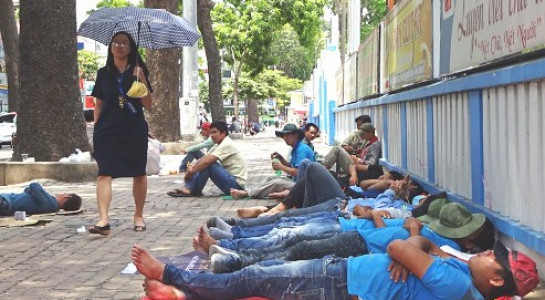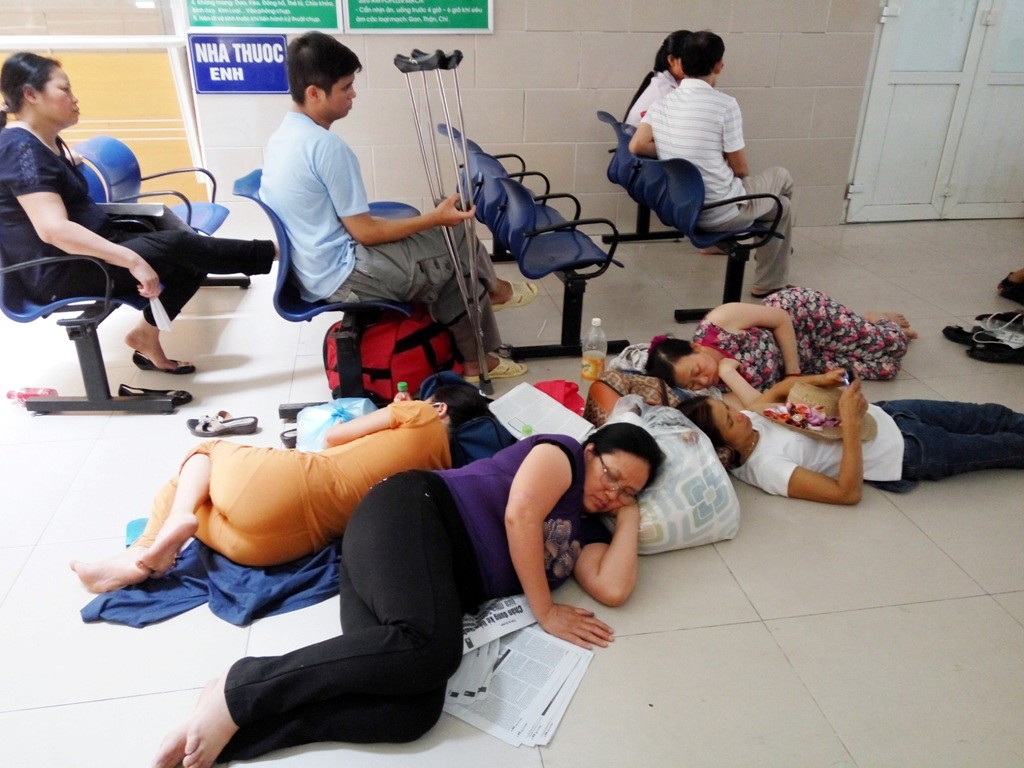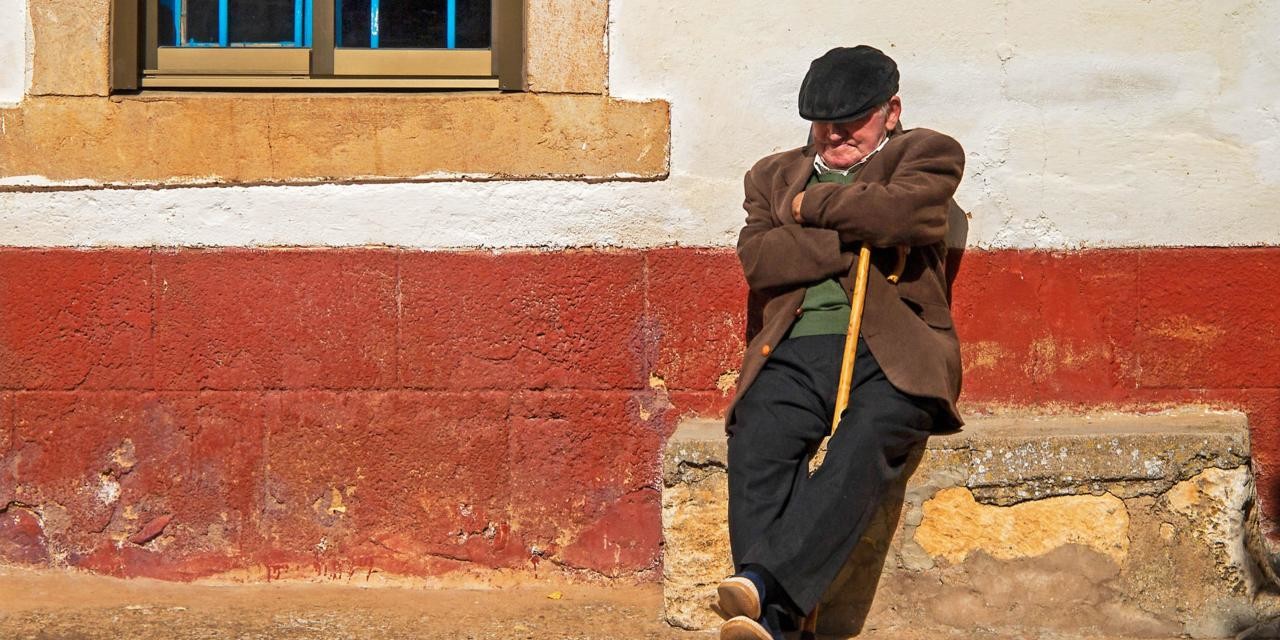Spanish Siesta with an Erasmus Student from Asia
For the Vietnamese, napping is nothing but a traditional Vietnamese culture.
However, in European countries, as a matter of fact, a nap is not perfectly welcomed, in a way; Europeans do not take the habit of taking a nap.
Traditional lunch breaks are only common in some Mediterranean countries such as Spain, Italy, Greece or southern France.
Naturally, every region has its concept of napping, but as an Erasmus student in Spain, I was lucky enough to experience a Spanish siesta.
Saying it again is funny because when it comes to Spain, everyone says that Spain is the country of the fiesta (as a festival) and siesta (as napping).
As far as I read, napping is a very important thing for Spaniards, at least for the older generations. Located on the edge of the Mediterranean, especially southern Spain, which is almost 40 degrees Celsius hot in summer, in the Gibraltar mule a few dozen kilometers from Morocco, it is evident that some parts of Spain are very hot.
I was wandering in Toledo and the south of Cordoba, at noon the temperature was very high, the heat was hot, and at that time no one was on the road, the activity was stalled by the heat.
In short, that sunny day, people usually take naps.
Compared with many countries around the world, the Spanish working day is longer, even extending to 9, 10 pm due to long nap - a habit that has formed from so many Last century Spanish spas can last up to three hours, so afternoon work is often pushed back into the night. This is also the reason why Spanish people's lunch can start at 5 pm and dinners start at 11 pm, also the peak time of television programs. Over midnight, the streets are still rampant and people are still busy.
To tell the truth, since back in Spain, I feel quite at ease with the pace of work here.
According to many records from history, naps have a major origin from the Spaniards but not others. Many people are happy to say that the Spanish napping culture can be included in the list of intangible heritage of mankind. In this country, except for big cities such as Madrid or Barcelona, there are shops, service centers open at noon, and in many other places, the streets are dormant for half the time.
Afternoon, sometimes until late afternoon, Shops in Spain are usually closed for a 2 to a 4-hour lunch break, while many university canteens will not serve lunch at 12:30 or 1:00 pm, as time is limited. This is usually... too soon.

Workers sleepin on the street in Ho Chi Minh City, it is essential in Vietnam that taking a nap is very important.

Sleeping in hospital in Vietnam as the weather outside is too hot (40 ºC).
In Vietnam, napping is a common practice of many people.
Often I take a nap for one hour to two hours.
Children are monitored closely by parents and teachers, while office workers and workers have a short nap in the workplace. So far, there has been much debate over whether or not to take naps at work, as many people believe that napping leads to stagnation and a lack of creativity in the workplace.
If the employee is still working full time, completing work on time, ensuring reasonable progress, there is no reason why they should not take a nap. Taking a nap in the proper time (from 30 to 45 minutes) will help reduce stress, improve health and memory for afternoon work hours. Also, employees' naps should be arranged so that they remain beautiful and do not impair the beauty of the office. Some Japanese companies, when they realize the benefits of naps, have encouraged their employees to take a nap, even offering special rooms, investing in holiday homes.
Comfortably furnished with exclusive high-quality sleeping chairs for back staff.
This is because the teacher told me that science has proven that taking a nap for 10 to 20 minutes after lunch is good for health, increasing longevity and helping you regain strength to fight the rest of the afternoon. For those who do not sleep well in the evening, a nap will help restore the immune system and the biological indicators of a neuroma.
By the way, as a student who loves history, I have read some sources to find out about the history of siesta in Spain.
First of all, let's take a quick look at the interesting origins of this nap in Spain. Spaniards are not the inventors of this nap.
It has its roots in Roman times. At that time, the Romans had the word sexta hora, referring to the time between 12h00 and 15h00 and during this period, the Romans used to rest, probably sleep or simply lay back a little.
As a Roman colony, and although it became a mighty kingdom, the Spaniards continued to take a siesta lunch break.
Next, to the Middle Ages, some sources said that the Spanish napping tradition reached a new, more formal level. The number of Spanish was at that time a dense system of Christian monasteries.
By the rules promulgated in the monasteries, monks need to have lunch also in the time frame from 12 o’ clock to 15 o’clock.
Then very quickly, we moved to the Second World War, a milestone in which Spanish Spaniards traditionally reached another level.
At that time, Spain under the control of Franco was a Nazi ally. To "flatter" his friendly ally, Spain adjusted the time zone with Germany, although geographically it should have the same time zone with the United Kingdom.
And so the time frame for napping is no longer 12 o’clock -15 o’clock but 15 o’clock -17o’ clock.
Even when peace repeats, the Spaniard does not return to his old time frame.
So the first explanation for another nap of the Spaniards came from the time zone of the Franco dictatorship.
The second explanation is the need to take a nap under the heat of summer. Any other explanations? Wired. Even if it was not under the 40-degree heat, even in the air-conditioned room, Spaniards still maintained a napping habit.
Sleeping is probably not just a physiological need but a subjective desire. Indeed, it is said that Spain is a nation that is associated with parties all night long. It is not difficult to see old men still gathering in the streets until 3 am, something you will not see in other European countries. So how can they stay awake until midnight? I have to sleep in the afternoon, to work even for the evening.
You have to take siesta anyway. You are living in Spain, so do as the Spanish do.
In the wake of the 2008 European financial crisis, there have been a lot of analyzes and press around the subject whether or not to change Spain's lunchtime frame, which is considered Is "eccentric" compared to neighboring countries. It is said that the current pace of life is the main obstacle to Spain's economic crisis because it directly affects productivity. Look at the numbers, the Spaniards can work longer than the rest of Europe, but their labor productivity is worse. The reason is that they have too many breaks to spend a day at work. They also started work at 9:00 in many European countries. But instead of working from 9:00 to 12:00, they break off from 11:00 to eat breakfast. Then, they did not take a lunch break but were eager to work until 14:00 to take a break to eat. After eating, they again... nap until 17h00. In summary, the organization of this unscheduled work schedule not only makes the Spaniards less productive, but their quality of life is reduced.
Spaniards have long been uninterested in these things but the ongoing economic crisis has forced them to revisit the country's traditions. With unemployment rates up to 52% among people under the age of 25, the Spanish government is struggling to find a way out and seems to change the time zone and nap time frame. Is one of the topics discussed in Congress.
However, even if the Spaniard himself understood the necessity of change and the Spanish government embarked on the transition, this process could not have happened overnight, because the present time frame has penetrated deep into the cultural blood of the whole of Spain. Changing the new time frame means changing the calendar of cultural events, the TV commercials, the hours of TV commercials, school breaks... are too big a field and seem overwhelming.

The world is running out very fast, some traditions are longer adequate.
To sum up, I am fond of taking a long nap as people do in Spain, however, in my opinion, it is some kind of culture which has influenced a lot of aspects of life in Spanish Culture.
So changing is very difficult, for an Erasmus student who is from Vietnam like me, I feel okay with Spanish’s siesta.
Although I have to say, my roommates do not like Spanish siesta!

An old man taking a siesta in Spain.
Photo gallery
Content available in other languages
Share your Erasmus Experience in Tarragona!
If you know Tarragona as native, traveler or as exchange student... share your opinion on Tarragona! Rate different characteristics and share your experience.
Add experience →




















Comments (1 comments)
good!